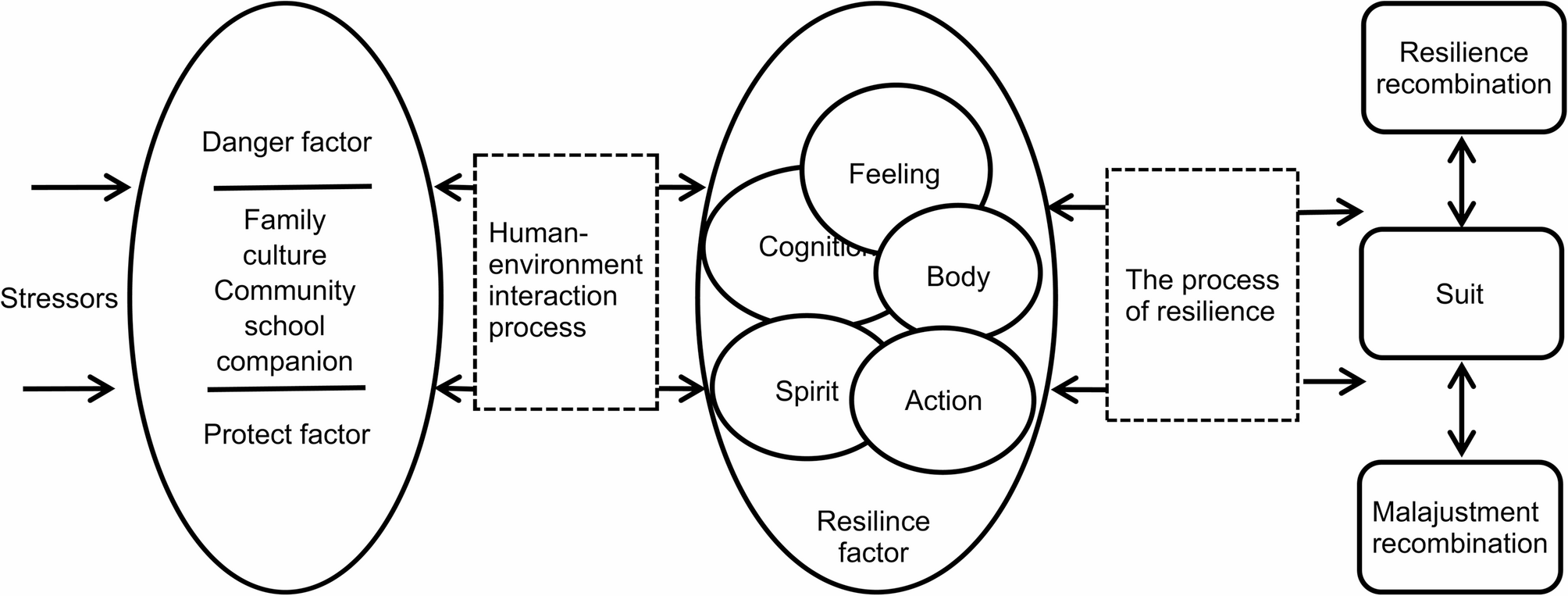Depression level and patterns of change
In this study, the baseline DFU-related depression score was 6.24 (SD = 2.61), and the depression rate was 68.6% at a high level, consistent with previous studies [24]. This may be related to the long-term…

In this study, the baseline DFU-related depression score was 6.24 (SD = 2.61), and the depression rate was 68.6% at a high level, consistent with previous studies [24]. This may be related to the long-term…